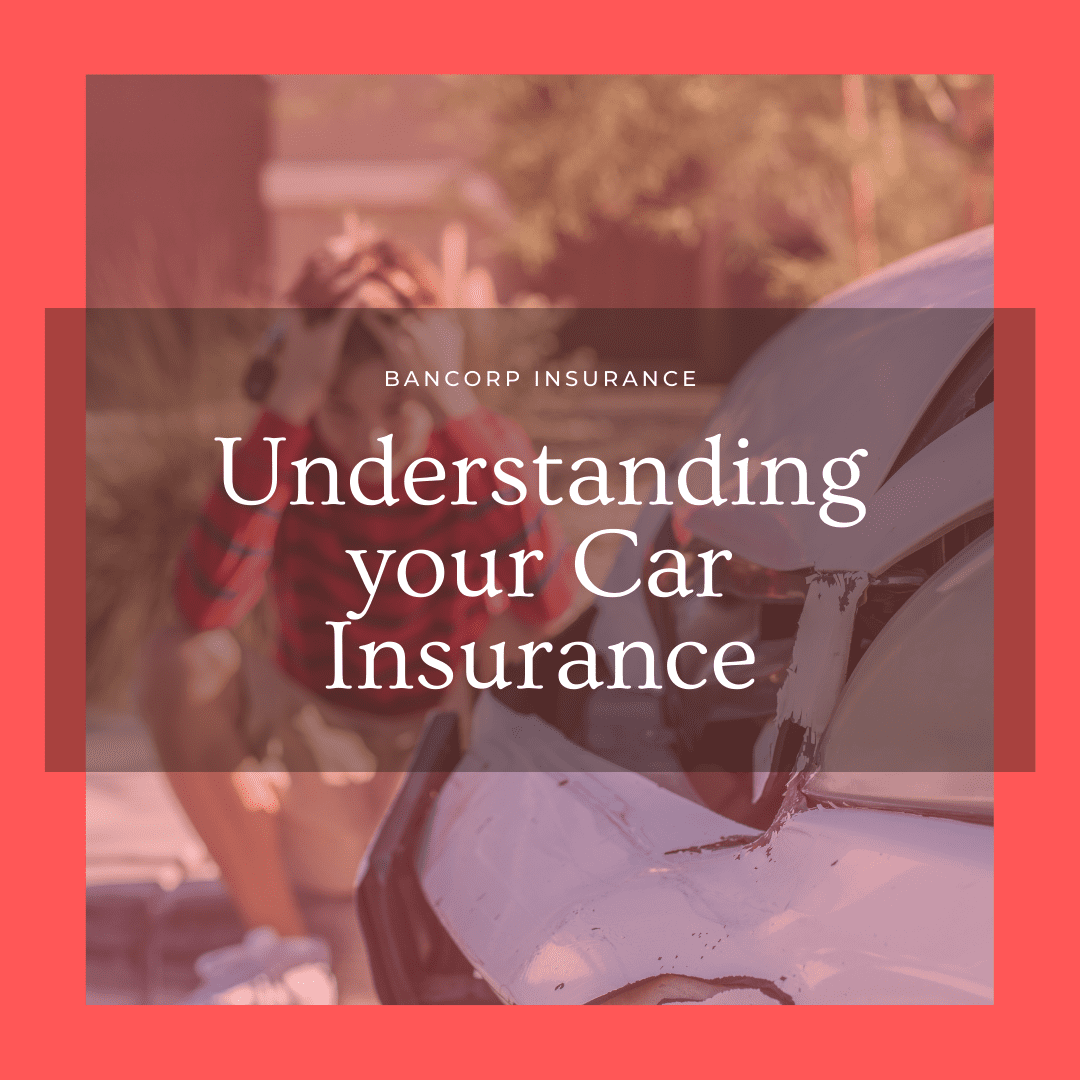Understanding Your Car Insurance Coverage

Having car insurance coverage is a requirement for all drivers. But a new Forbes Advisor survey found that most drivers are unaware of the insurance coverage that they do and don’t have.
Many Drivers Think They have Coverage that They Don’t
It’s not far-fetched to say that most people don’t understand what they have for insurance coverage. In a recent blog, Top Ten Auto Insurance Myths, we outlined some common myths that people have about insurance. But the recent Forbes article dives a bit deeper into insurance coverages that may or may not even exist. Forbes research states*:
50% of those surveyed thought their car insurance policies include accidental death and dismemberment (AD&D) insurance. But AD&D insurance is not a part of car insurance policies.47% of drivers think “additional living expenses” coverage is part of their auto policies, which is actually part of homeowners and renters’ insurance coverage.49% of drivers think their auto insurance includes “extended crash protection”, which isn’t an actual coverage type.41% say they have “vehicle emissions” insurance coverage, which also is not a type of insurance coverage.
These stats are even more astounding with young drivers ages 18 to 25, who when asked the same questions had positive responses 25% higher than older drivers.
These common misconceptions of coverage can be very costly in the event of an accident when you might think you are covered for something that you are actually not. Another reason to hire an insurance agent who is trained to understand and explain to you the coverages of your existing policy as well as point out any potential gaps in coverage.
https://www.youtube.com/watch?v=g-Kv4a08aJE
Get to Know the Coverage Options of an Auto Insurance Policy
What about Insurance Coverage for Common Situations?
Many experienced drivers are unfamiliar with common life situations and what insurance coverage they already have or might need to cover it. Let’s review some common scenarios:
Who is insured on my policy?
When you first get an insurance policy, you are asked who the drivers in the home are. Typically, the answer is one or two adults. But, what about the children? Until a child reaches the driving age, they do not need to be listed on your auto insurance policy. The driving age ranges by State, check with your local Department of Motor Vehicles to determine the requirements of your State. For Oregon, the minimum age for which a driver can obtain a permit is 15 years old and 16 for a license.
Some insurance carriers require that you list your 15-year-old permitted driver on your insurance policy, while others do not require them to be listed as a driver until they are 16. Check with your insurance agent if you have a child aging into driving.
What happens when my child goes off to college?
In many cases, when a child goes off to college, they will transition to their own independent insurance coverage or possibly not need insurance coverage if they are not driving. But, if you have a child attending college and taking a vehicle with them, here is what you need to know.
First, notify your agent of the child’s plans for college. Most carriers will require you to have your child on your auto policy if they still reside in your home. There are some exceptions so you will want to review this with your agent for your particular needs.
Second, consider keeping the child on your auto policy in the event that they return home and need to drive, or they have to drive a friend’s car while away or in the event of an emergency.
Keeping your child on your policy can also yield additional discounts such as good student discounts or distant student discount. Be sure to ask your agent if any of these apply to you.
What happens if I give someone permission to drive my car?
The cardinal rule is every insurance policy is different, so it’s first and foremost important to check with your insurance agent in regard to the coverages of your insurance policy with your particular carrier. But most of the time you can let someone drive your car with permission if it is only on occasion. Accidents however are unpredictable and can lend to an entirely new set of questions and concerns.
What happens if someone driving my car gets into an accident?
Let’s say you give someone permission to drive your car to the grocery store and someone backs out of the space next to them and turns to sharply, hitting your car. Your friend was not at fault for the accident and therefore the driver of the vehicle at faults insurance would cover the incident.
However, if the roles were reversed and your friend hit another car then your liability insurance would most likely cover the accident or any injuries. But if you want to get the damages to your vehicle fixed, you would be subject to the deductible of your collision coverage for the repairs.
Again, each policy and carrier have different guidelines so if you plan to ever give permission for a nanny, babysitter, friend, etc to drive your vehicle it’s best to know before they go.
* Forbes Advisor facts were pulled on 5/31/2022 from: Survey: Most Drivers Don’t Understand Their Car Insurance Coverage – Forbes Advisor
Bancorp’s insurance experts are available to provide you with a free review and consultation. Contact Us – Bancorp Insurance Call 800-452-6826
Disclaimer: This content is provided for general information purposes and is not intended to be used in place of consultation with our agents.



